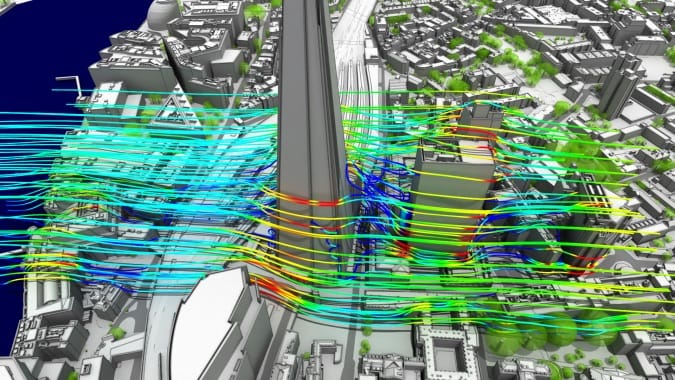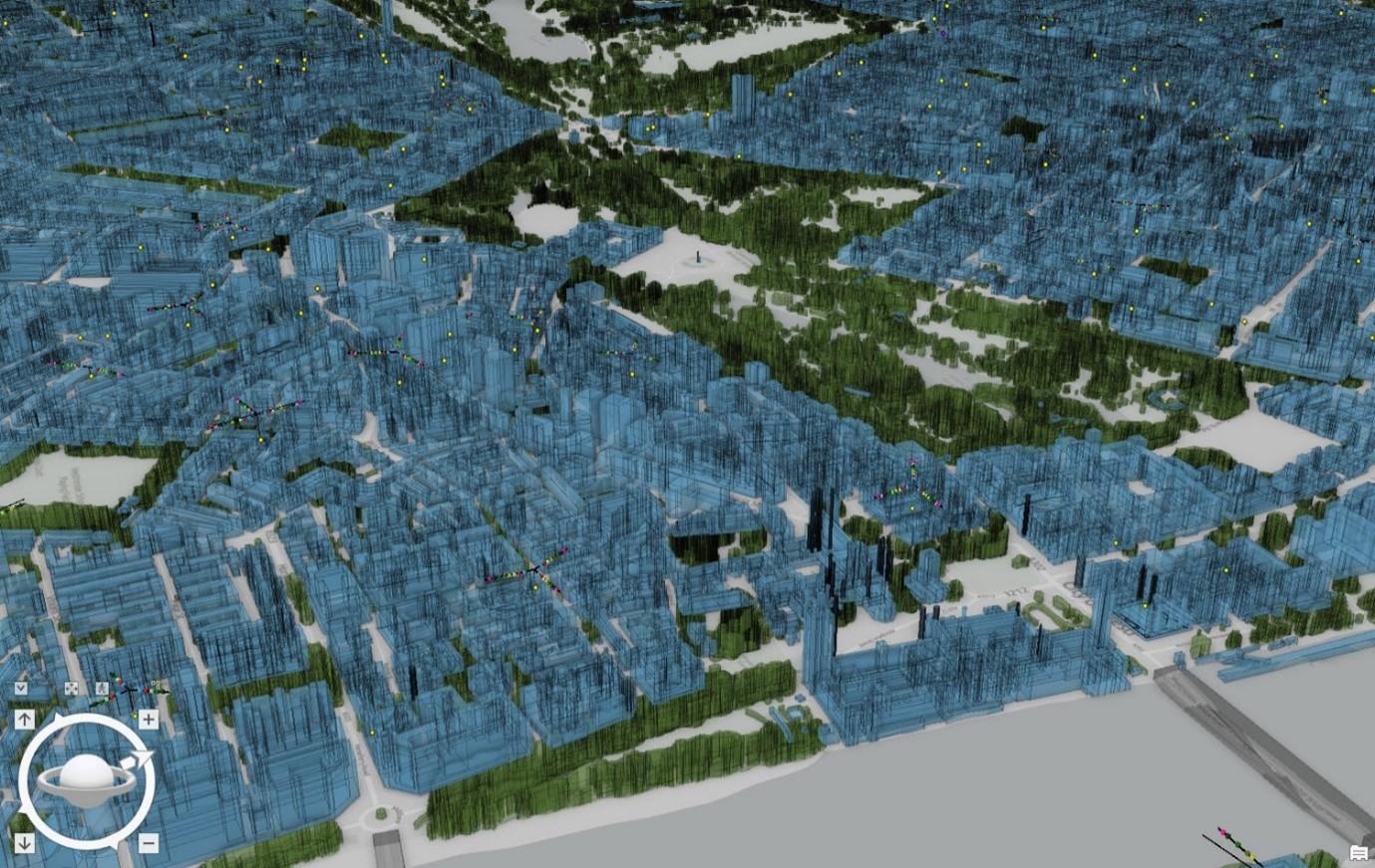Digital Twins: Simulation versus Emulation
Simulation vs. emulation: Unraveling the differences in digital twins. What's best for your online projects?

Understanding the Key Differences
In the world of online professionals, the concept of digital twins is gaining momentum. Digital twins are virtual representations of physical objects, systems, or processes that can help streamline development, testing, and analysis. However, when it comes to creating these digital twins, a fundamental choice arises: simulation or emulation.
In this article, I will break down the differences between simulation and emulation and explore which approach suits different scenarios.
What Are Digital Twins?
Before we dive into the world of simulation and emulation, let's clarify what digital twins are. In essence, digital twins are digital replicas of real-world objects or systems. These twins can range from a simple simulation to a precise emulation of the original. Digital twins are used across various industries, including urban planning, manufacturing, and mobile networks.
Simulation: Acting as If
Simulation involves creating a virtual representation of an object or system while simplifying or abstracting some aspects. The key here is that it acts "as if" it were the real thing, replicating behaviors and interactions without the need for an exact match in hardware or software.
Use Cases for Simulation:
- Complex Systems Modeling: Simulation-centric digital twins are ideal for modeling complex systems like cities, where replicating every detail precisely isn't necessary. These simulations help urban planners optimize infrastructure and transportation.
- Scenario Testing: If you need to test different scenarios without replicating specific hardware, simulation is your go-to choice. For instance, emergency response simulations allow professionals to prepare for various disaster scenarios.
- Predictive Analysis: Simulations are handy for predicting outcomes and analyzing trends. Supply chain simulations, for example, help professionals forecast inventory levels and delivery times.

Emulation: Acting the Same
On the other side of the coin is emulation, which aims to create a digital twin that acts precisely the same as the original. It replicates both the external behavior and internal workings of the object or system, providing an exact duplicate for testing and development purposes.
Use Cases for Emulation:
- Hardware Testing: When precise replication of hardware components is critical, emulation shines. Mobile network emulation, for instance, involves replicating base stations and communication protocols for thorough network testing.
- Firmware and Software Development: Emulation-centric digital twins are perfect for software and firmware development when testing on specific hardware configurations is necessary. Think of it as emulating mobile devices to test apps and firmware.
- Security Assessment: For security testing, where pinpoint accuracy is essential, emulation is the preferred choice. It replicates both hardware and software components to identify vulnerabilities and threats accurately.

Striking a Balance
In practice, some digital twin applications blend elements of both simulation and emulation to find a balance between accuracy and flexibility. The choice depends on the twin's goals and the specific requirements of the system or object being represented.



